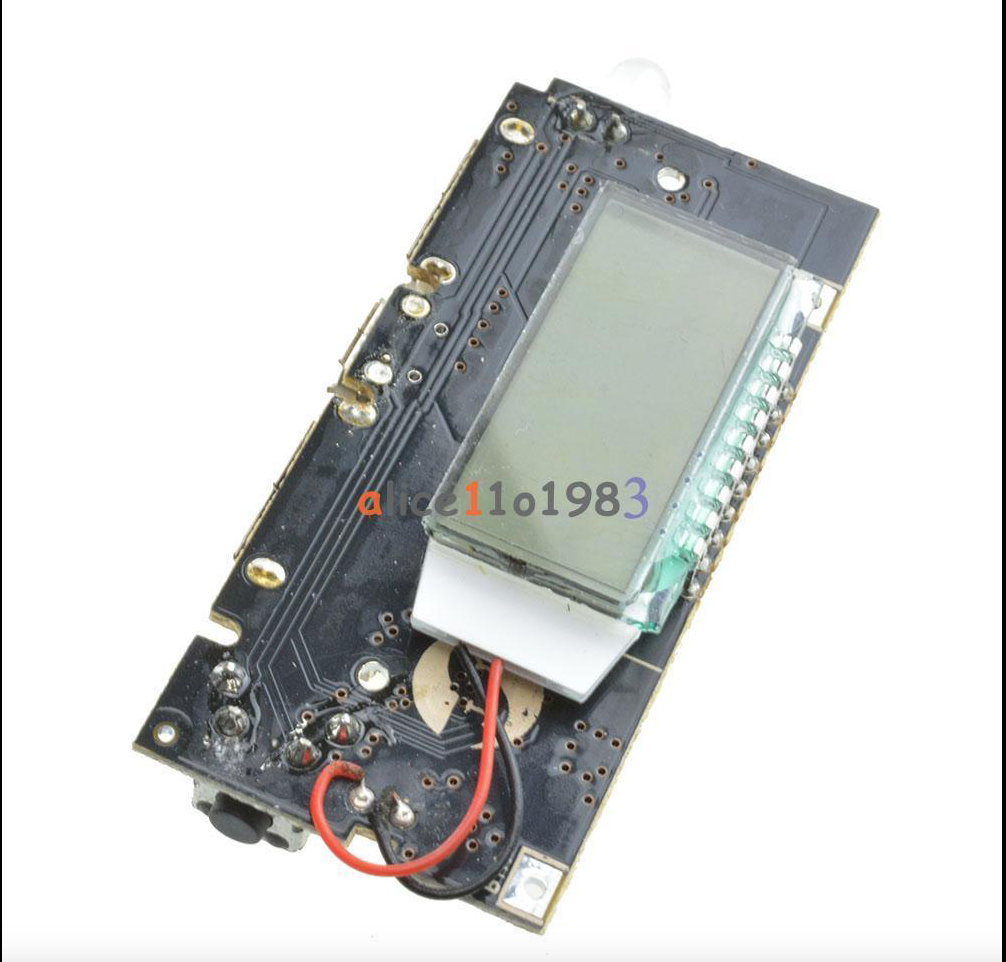Though every tube might have some deviation from such readings most tube's readings give a quite similar results. These numbers do quite well for popular measurements - usually within 1uSv range.
(please kindly comment if you have different data or can challenge the data below in some way as it might help to improve this reference table). As time allows I will be maintaining and adding the data for other tubes.
SBM-20 - conversion factor 220 CPM -> 1uSv/h (working voltage- 400V)
SBM-21 - conversion factor 20.83 CPM -> 1uSv/h (working voltage- 400V)
SI22G - conversion factor 792 CPM -> 1uSv/h (working voltage- 400V)
SBM-19 - conversion factor 928 CPM -> 1uSv/h (working voltage- 400V)
STS-6 - conversion factor 928 CPM -> 1uSv/h (working voltage- 400V)
SBT-9 - conversion factor 150 CPM -> 1uSv/h (working voltage- 400V)
SI-29BG - conversion factor 122 or 112 CPM -> 1uSv/h (depending on batch) (400V)
SBT13 - conversion factor 200 CPM -> 1uSv/h (depending on batch) (380V)
SBT11 - conversion factor 220 or 318 CPM -> 1uSv/h (depending on batch) (390V)
SBT11A - conversion factor 220 or 318 CPM -> 1uSv/h (depending on batch)( 390V)
SBT10 - conversion factor 1250 CPM -> 1uSv/h (380V) (depending on batch)(345V)
SBT10A - conversion factor 1250 CPM -> 1uSv/h (380V) (depending on batch)(345V)
SI8B - conversion factor 1250 CPM -> 1uSv/h (400V)
SI8BM - conversion factor 931 CPM -> 1uSv/h (380V)
SBT11A - conversion factor 220 or 318 CPM -> 1uSv/h (depending on batch)( 390V)
SBT10 - conversion factor 1250 CPM -> 1uSv/h (380V) (depending on batch)(345V)
SBT10A - conversion factor 1250 CPM -> 1uSv/h (380V) (depending on batch)(345V)
SI8B - conversion factor 1250 CPM -> 1uSv/h (400V)
SI8BM - conversion factor 931 CPM -> 1uSv/h (380V)
Beta-2 - conversion factor 400 CPM -> 1uSv/h (400V)
Beta-1-1 - conversion factor 230 CPM -> 1uSv/h (400V)



